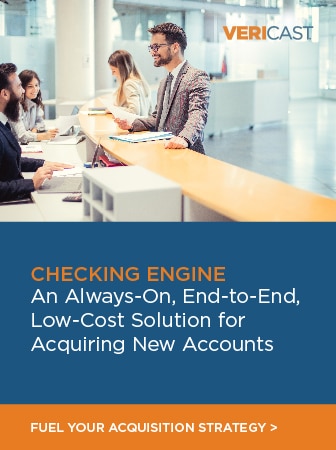( NOTE: You can find the answers on this page. )
1. What best describes “native advertising”?
(A) Running ads for your own products/services on your own corporate website
(B) Paid advertorials on a news website or blog
(C) Contextual advertising within a social media network
(D) Advertising within your mobile app
2. What does “CTR” stand for?
(A) Click-Through Rate
(B) Conversion Tracking Rate
(C) Click-through Tracking Report
(D) Certified Traffic Rank
3. What is an average CTR for online display ads?
(A) 0.01%
(B) 0.10%
(C) 0.50%
(D) 1.10%
4. In what digital channel is “bounce rate” commonly used as a metric?
(A) Websites
(B) Email
(C) Mobile apps
(D) All the above
(E) Only (a) and (b)
(F) Only (a) and (c)
(G) Only (b) and (c)
5. Which of the following statements about “pre-roll” advertising is NOT true?
(A) About 90% of users will hit the “Skip” button on a pre-roll ad as soon as they can.
(B) Most pre-roll ads are typically between five seconds and two minutes long.
(C) Only 20% of pre-roll ads are seen all the way to the end.
(D) The click-through rate for pre-roll ads is higher than display ads.
6. What does “CPC” stand for?
(A) Clickable Photo Content
(B) Clicks Per Channel
(C) Cost Per Conversion
(D) Cost Per Click
(E) Custom Pricing Calculator

Are You Ready for a Digital Transformation?
Unlock the potential of your financial institution's digital future with Arriba Advisors. Chart a course for growth, value and superior customer experiences.

How Banks Are Fortifying Their Data Against Increasing Cyber Threats
This webinar from Veeam will detail the value of working together across your organization to be better prepared in cyber defense and response readiness.
Read More about How Banks Are Fortifying Their Data Against Increasing Cyber Threats
7. What does “CPM” stand for?
(A) Clicks Per Thousand
(B) Cost Per Thousand
(C) Clicks Per Million
(D) Cost Per Million
8. Which of the following is an example of “programmatic advertising”?
(A) Retargeting
(B) Real-time bidding
(C) Google AdWords
(D) Google AdSense
(E) All the above
9. What best describes “remarketing”?
(A) Marketing to someone who has previously purchased something from your company (i.e., cross-selling).
(B) Increasing click-through and conversion rates by presenting your online marketing message multiple times (i.e., repetition and frequency).
(C) Retargeting someone who has previously interacted with your marketing (e.g., someone who clicked on a link in an email or visited your website).
(D) Re-running or resurrecting an online ad campaign that you successfully ran in the past.
10. Which of the following is an example of “gated content”?
(A) Content that is only available to people who are active subscribers on your email distribution list.
(B) Content that is available to a user only after they have provided some information that you want (e.g., contact info or the answer to a survey question).
(C) Content that is only available to registered users — those who have a username and password.
(D) Any/all of the above.
11. In email marketing, how is the “open rate” typically calculated?
(A) The number of people who read your email divided by the number of total recipients.
(B) The number of people who downloaded images in your email divided by the number of recipients.
(C) The number of people who clicked on a link in your email divided by the number of recipients.
(D) A combination of all the above.
(E) A combination of both (A) and (C).
(F) A combination of both (B) and (C).
12. In what context is the term “negative keyword” most applicable?
(A) We want our website to appear as a result when people search for certain terms, but we don’t score/rank/perform well for these [negative keyword] terms.
(B) We don’t want our ad or website to be shown when someone searches for these [negative keyword] terms.
(C) We need to include [negative keyword] search terms in our SEO strategy because people frequently Google for things like “investing mistakes,” “bankruptcy,” “repossession” and “student loan default.”







